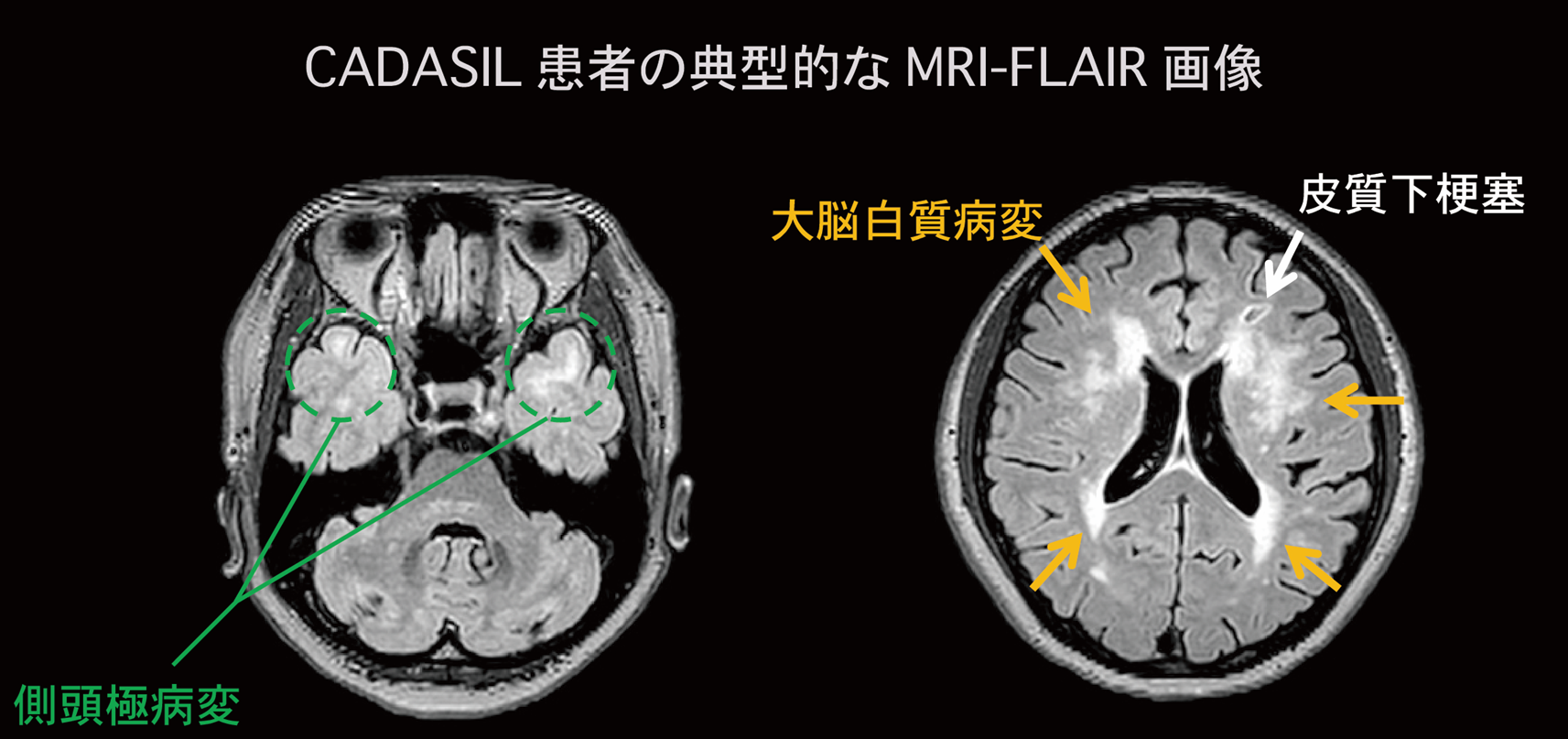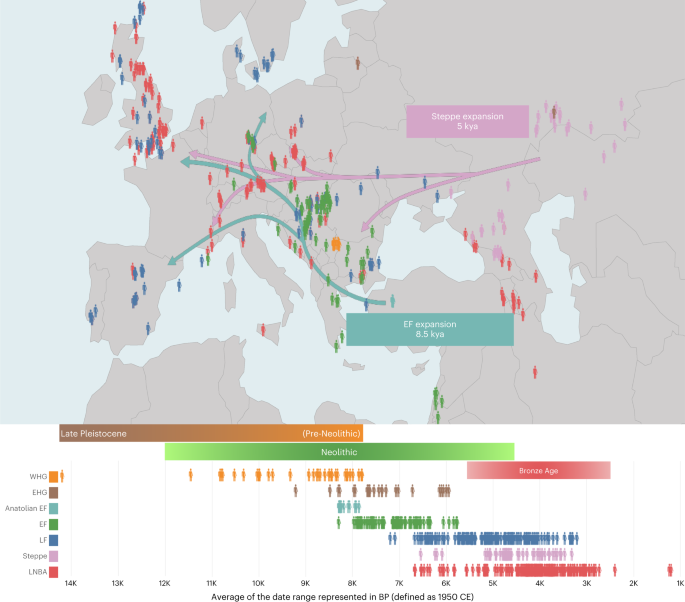2022-11-02 ペンシルベニア州立大学(PennState)
試験期間は、中期(78週間)と長期(10年間)の両方で、アデュカヌマブは低用量(6mg/kg)と高用量(10mg/kg)、ドナネマブは単回投与(1400mg)のレジメンで設定された。これらは、FDA承認のためのヒト試験で使用された用量と同じである。
その結果は、実際の臨床試験で確認されたものと同じであった。両薬剤とも、アルツハイマー病患者の脳内に見られるペプチドであるベータアミロイド斑を除去する効果が大きく、持続的であった。また、10年間のシミュレーション期間では、ドナネマブの方がアデュカヌマブよりわずかに効果が高かったものの、両剤とも患者さんの認知機能の低下を遅らせる効果があることも分かった。
<関連情報>
- https://www.psu.edu/news/research/story/two-alzheimers-drugs-tested-head-head-first-ever-virtual-clinical-trial/
- https://journals.plos.org/ploscompbiol/article?id=10.1371/journal.pcbi.1010481
個別化数理モデルによるアルツハイマー病に対する最適な抗アミロイドベータ療法 Optimal anti-amyloid-beta therapy for Alzheimer’s disease via a personalized mathematical model
Wenrui Hao ,Suzanne Lenhart,Jeffrey R. Petrella
PLoS Computational Biology Published: September 2, 2022
DOI:https://doi.org/10.1371/journal.pcbi.1010481
Abstract
With the recent approval by the FDA of the first disease-modifying drug for Alzheimer’s Disease (AD), personalized medicine will be increasingly important for appropriate management and counseling of patients with AD and those at risk. The growing availability of clinical biomarker data and data-driven computational modeling techniques provide an opportunity for new approaches to individualized AD therapeutic planning. In this paper, we develop a new mathematical model, based on AD cognitive, cerebrospinal fluid (CSF) and MRI biomarkers, to provide a personalized optimal treatment plan for individuals. This model is parameterized by biomarker data from the AD Neuroimaging Initiative (ADNI) cohort, a large multi-institutional database monitoring the natural history of subjects with AD and mild cognitive impairment (MCI). Optimal control theory is used to incorporate time-varying treatment controls and side-effects into the model, based on recent clinical trial data, to provide a personalized treatment regimen with anti-amyloid-beta therapy. In-silico treatment studies were conducted on the approved treatment, aducanumab, as well as on another promising anti-amyloid-beta therapy under evaluation, donanemab. Clinical trial simulations were conducted over both short-term (78 weeks) and long-term (10 years) periods with low-dose (6 mg/kg) and high-dose (10 mg/kg) regimens for aducanumab, and a single-dose regimen (1400 mg) for donanemab. Results confirm those of actual clinical trials showing a large and sustained effect of both aducanumab and donanemab on amyloid beta clearance. The effect on slowing cognitive decline was modest for both treatments, but greater for donanemab. This optimal treatment computational modeling framework can be applied to other single and combination treatments for both prediction and optimization, as well as incorporate new clinical trial data as it becomes available.
Author summary
Although personalized therapy will likely play a major role in the appropriate management and counseling of patients with AD in the future, there are currently no clinically utilized markers that can easily distinguish among the different clinical trajectories of individual patients, nor provide personalized treatment plans. The mathematical model developed in this paper, based on current theories of AD pathophysiology, enables prediction of disease trajectory under a natural history scenario in individual patients with a clinical diagnosis of AD or late MCI (L-MCI) using current clinically validated biomarkers. This analytical approach also provides an in-silico method to simulate and optimize treatment at an individual level, thereby accelerating the development of personalized treatments. By accessing longitudinal biomarker data from the ADNI database, we validate our computational modeling approach to identify patient-specific disease trajectories and optimize individual treatments for two anti-amyloid-beta therapies, aducanumab and donanemab, in proof-of-principle clinical trial simulations. Simulation results show that, with the optimization, the effect on slowing cognitive decline is greater for doneneumab than aducanumab for a 10-year treatment regimen, although the effect on amyloid beta clearance is similar for both drugs.


